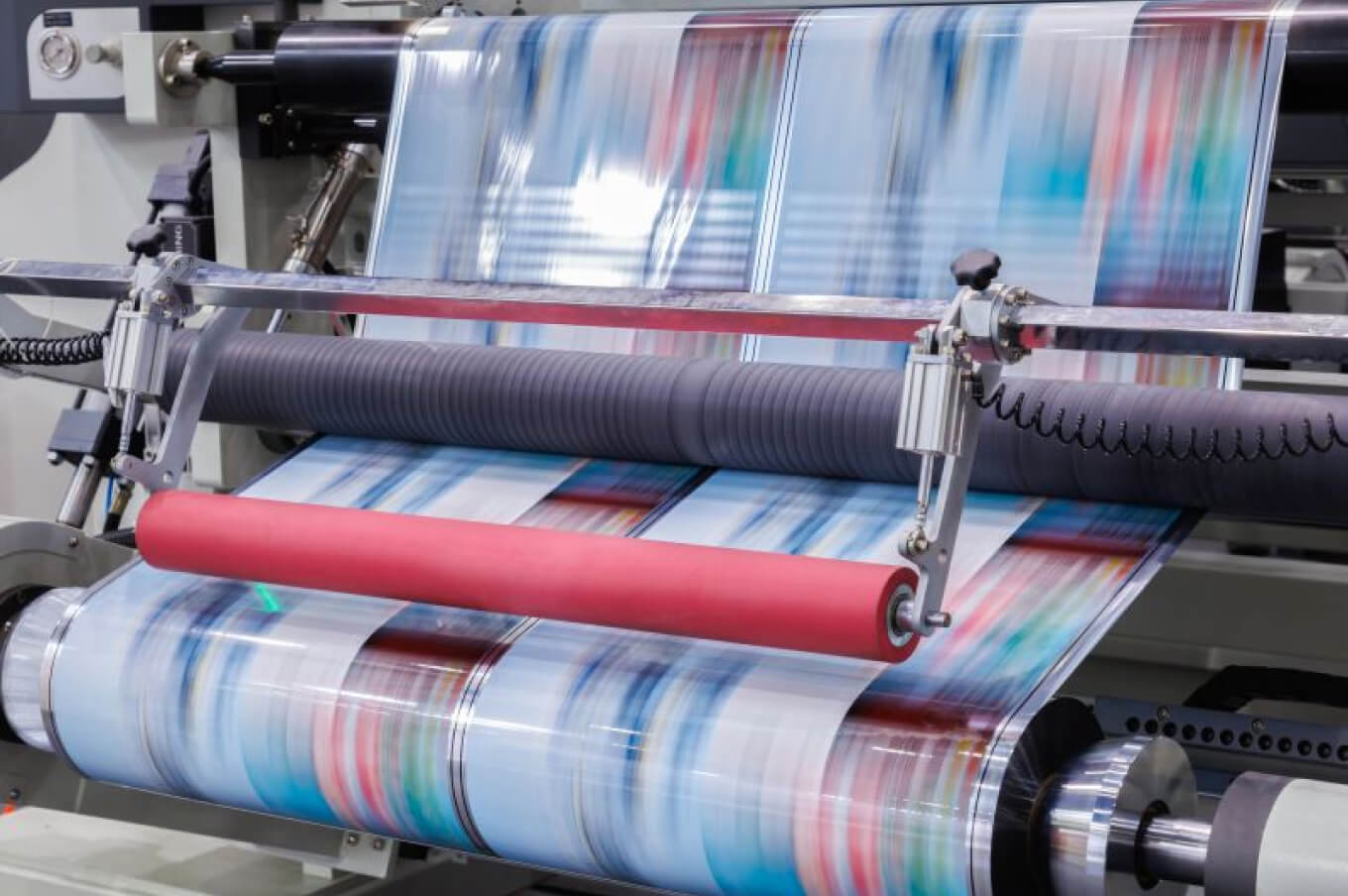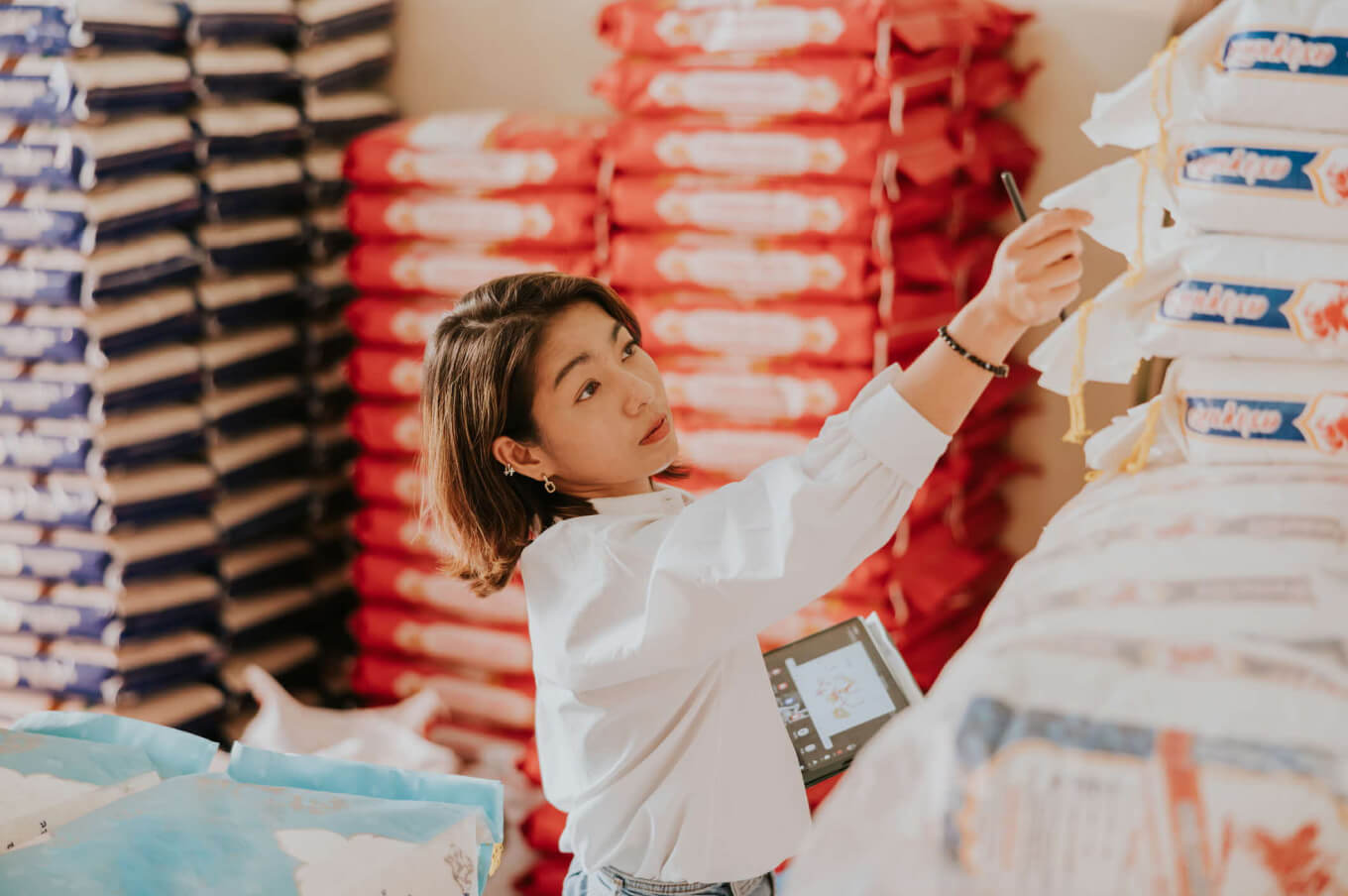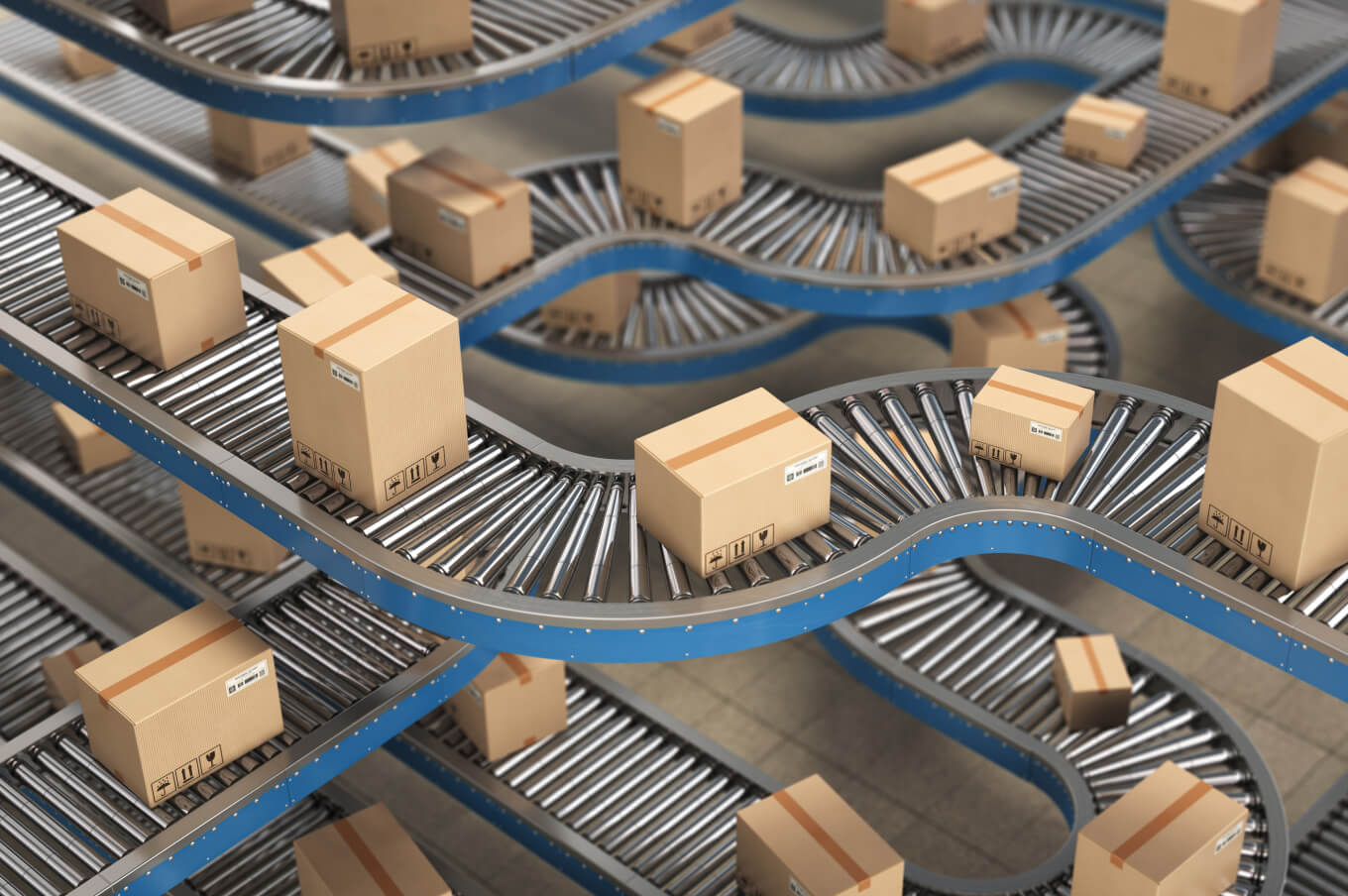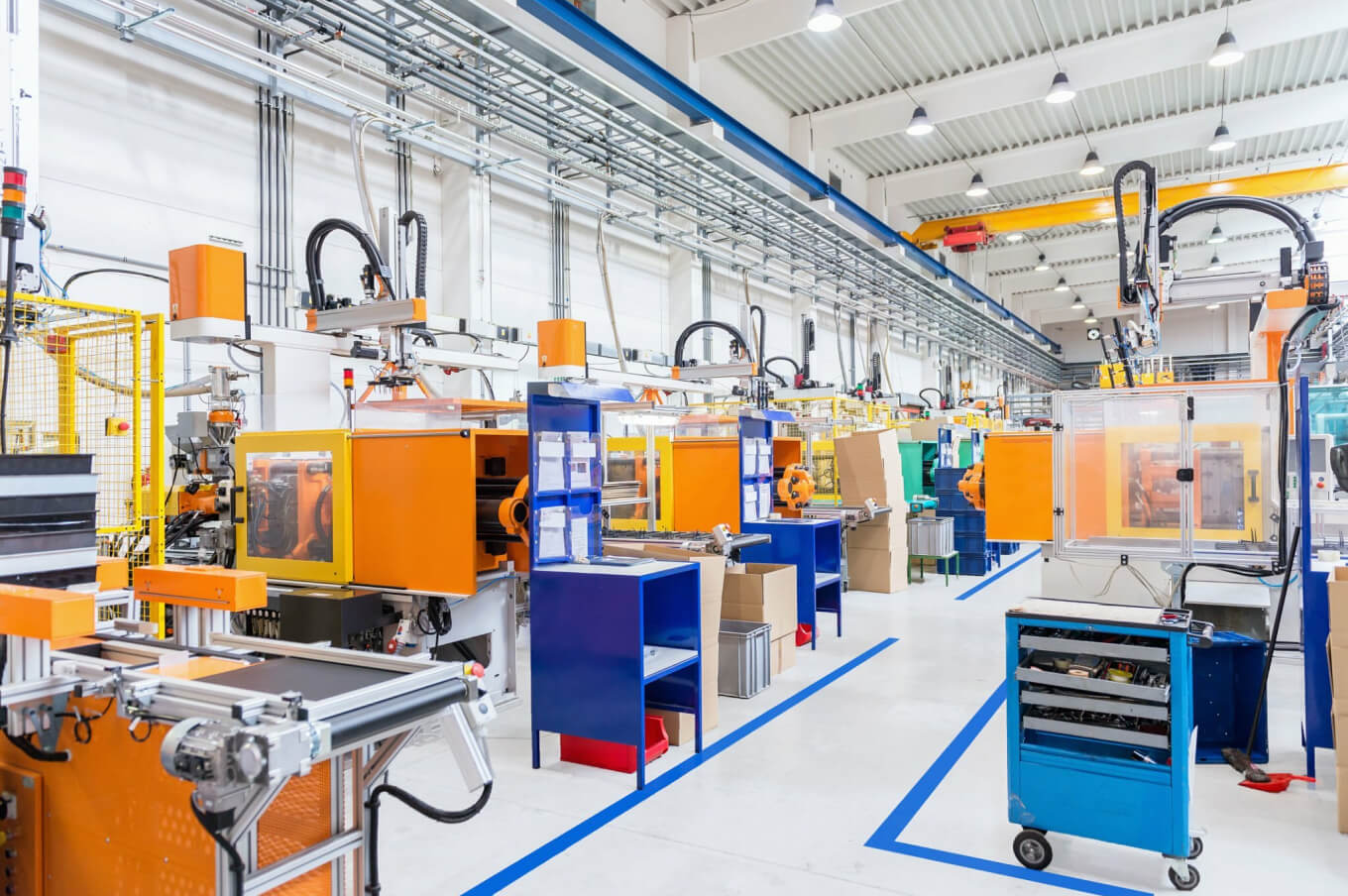Introduction to Shrink Film Applications in Industry
Currently, in addition to manual shrink wrapping (where workers insert each piece of film into bottles), industrial production processes have adopted modern lines that recognize the dimensions of rolls and integrate them into products. To help customers visualize the application of shrink film in production, Vạn Phú Bình introduces two common forms used in the industry.
Comparison Table of Packaging Films
In the packaging industry, choosing the right type of film is a key factor in ensuring product quality and safety. With various packaging films available on the market, each type has its own advantages and disadvantages. The article below provides a detailed comparison between popular types of packaging films such as PVC, PE, PP, PET, OPP/BOPP, composite films, thermal films, and decals. This will give readers a clearer understanding of each film type, from protective capabilities, durability, food safety, to production costs, helping businesses make optimal choices for their products. Vạn Phú Bình (VPB) hopes that this information will assist you in finding the most suitable packaging solutions. Film Type Advantages Disadvantages PVC Shrink Film – High durability: Excellent waterproof and dustproof capabilities. – Limited heat resistance: Easily deforms when exposed to high temperatures. – Easy printing and shaping: Sharp printing enhances aesthetic value. – Not food-safe: May alter taste or quality of food. – Competitive pricing: Reasonable production costs save expenses for businesses. – Poor biodegradability: Not environmentally friendly and difficult to recycle. PE Shrink Film – Good heat resistance: Safe for storing food or products requiring high temperatures. – Lower mechanical durability than PVC: Can tear easily under tension. – Safe for health: Usually does not contain harmful chemicals. – Challenging to print: Cannot achieve sharp detail like PVC. – Easily recyclable: Safer to process than PVC. PP Shrink Film – High durability and good waterproofing: Provides solid protection. – Difficult to print: Hard for ink adhesion, limiting sharp images. – Safe for food: Does not contain harmful substances. – Limited shaping flexibility: Less flexible than PVC and PE. Màng Co PET – High durability and stability: Good heat resistance and impact resistance. – Difficult to process and recycle: Requires separate recycling process. – Transparent: Highlights the product and attracts attention.
Production Process at Vạn Phú Bình
Welcome to our video introduction showcasing the production process at Vạn Phú Bình. We take pride in our ability to maintain complete control over the entire production line, from mixing raw ingredients, blowing film, printing, to packaging the final products and delivery to designated points. The video below will provide you with a clearer view of each step in our production process, helping everyone understand the quality and dedication we put into each product. Vạn Phú Bình welcomes all inquiries to learn more about our products and services.
Introduction to Block (Bundle) Packaging
Block packaging is an effective solution in the packaging industry, offering numerous benefits such as product protection, enhanced aesthetics, and convenience in transportation. Packaging in bundles helps protect products from dust, moisture, and external factors, ensuring they remain in optimal condition and minimizing the risk of damage during shipping and storage. This method also simplifies the wholesale and retail selling process. Common packaging configurations might include 6 or 12 small bottles, or up to 24 or 50 bottles, depending on the sales policies of brands and distributors. This approach not only saves on shipping and packaging costs but also facilitates easier quality control. 1. Manual Bundle Packaging Process: In the manual process, workers arrange products into bundles and then insert shrink film around them. These products are then placed in a heat chamber where the shrink film tightly adheres to the products. Advantages: Low Investment Costs: Suitable for small or newly established businesses. Flexible Production: Easily adjustable packaging processes to meet customer needs. Technical Requirements: Workers are needed to check and ensure that the shrink film is installed correctly. 2. Automatic Block (Bundle) Packaging Process: For the automatic process, businesses require modern machinery. This line automatically arranges products into bundles, cuts the shrink film, and wraps it around the products. The bundled products are then passed through a heat chamber. Advantages: Labor Cost Savings: Reduces the necessity for manual labor, increasing efficiency. Higher Productivity: Suitable for mass production, saving time and costs. Technical Requirements: A high-quality machinery and printing technology system is required to ensure accurate positioning of the shrink film. Both methods of shrink film packaging have their own advantages and disadvantages. The manual process is more flexible but requires more time and effort, while the automatic process requires a larger investment but offers greater efficiency. Depending on production




